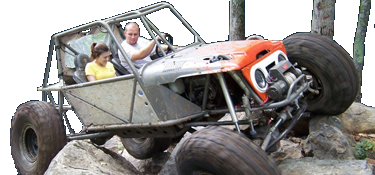RatLabGuy
You look like a monkey and smell like one too
- Joined
- May 18, 2005
- Location
- Churchville, MD
that, and he's flat our ignoring what is a billion dollar business area and massive field of research and engineering... traffic optimization. There are piles of and piles of people working on this exact problem. Many types of software you can buy to figure out these things. Its a whole field of civili engineering. A simple Google search will reveal all.Strangely I agree with most of your point, rare as that may be, but you have thrown out the less reliable line a few times and it simply isnt true. Cars built today are more reliable and durable than at any time in the history of the automobile.
Maybe the road he's talking about hasn't been addressed or optimized. Or maybe he isn't aware of it bc he happens to get stopped and doesn't realize that one period of local-term negative events doesn't mean the whole long-term large picture isn't working. Who knows.
Also it takes time and money to apply these things, pay for the engineers to survey, test, and implement, and that happens (paid for) at the local level, which means more property taxes. But who wants to pay those? ... when instead you can just rely on a Fed regulation that makes it the problem of a private company.
Because
those people already have jobs to do, they aren't just sitting around idly. When you want a new problem addressed it takes new people to address it. And those people cost money.There are hundreds of thousands of civil/road engineers already.



